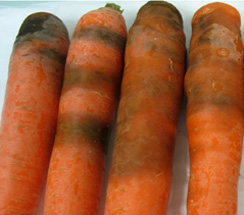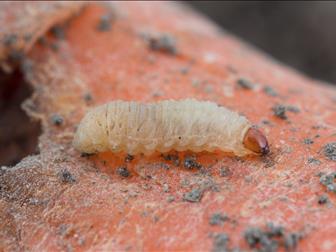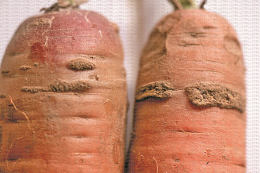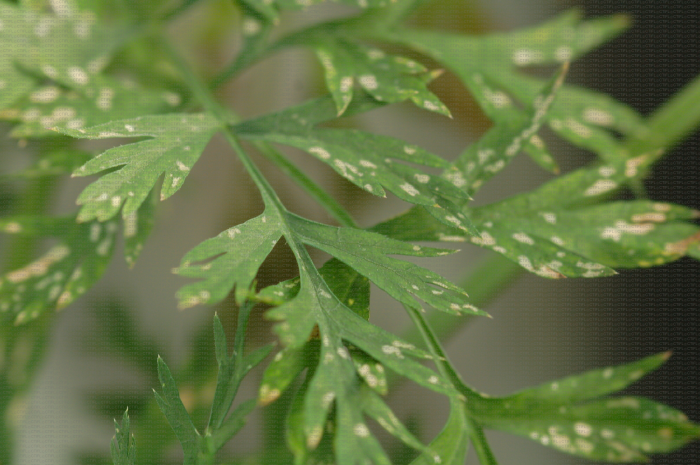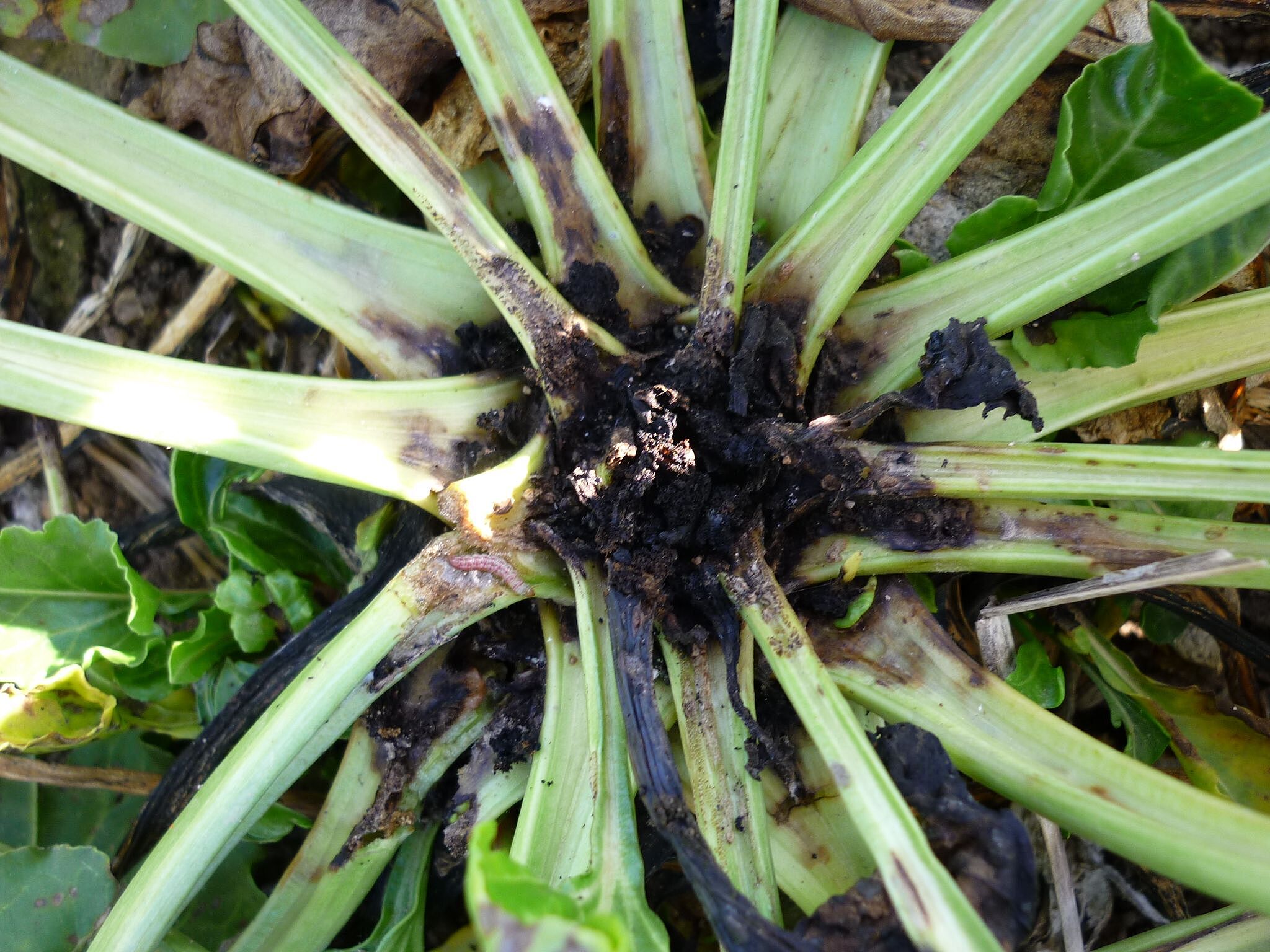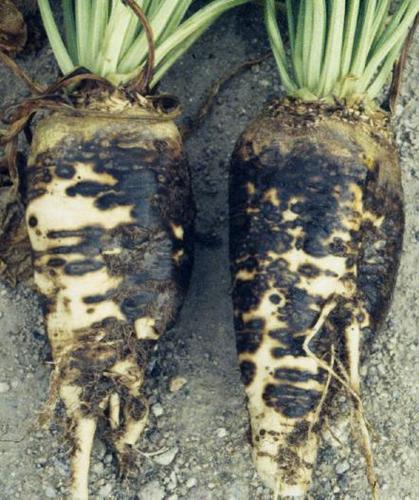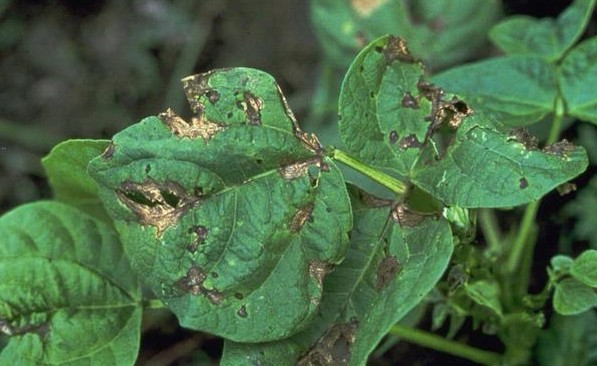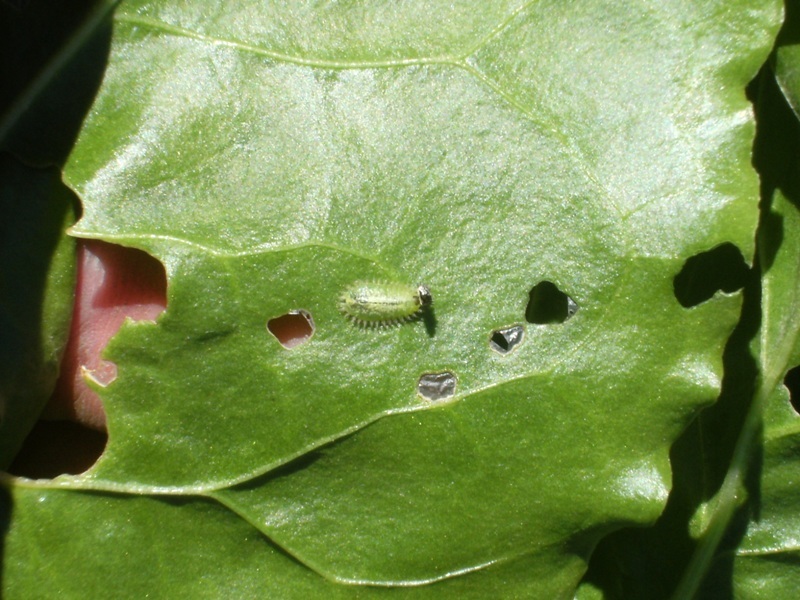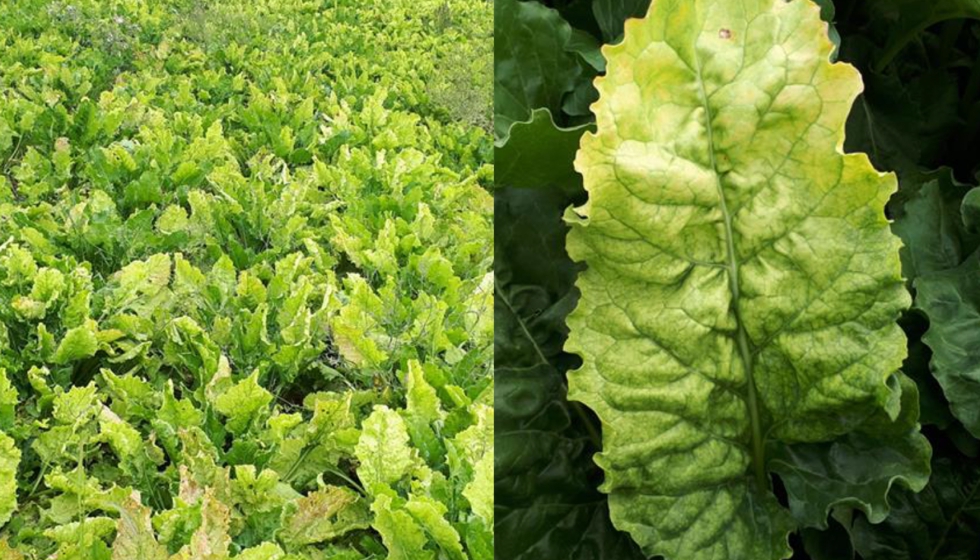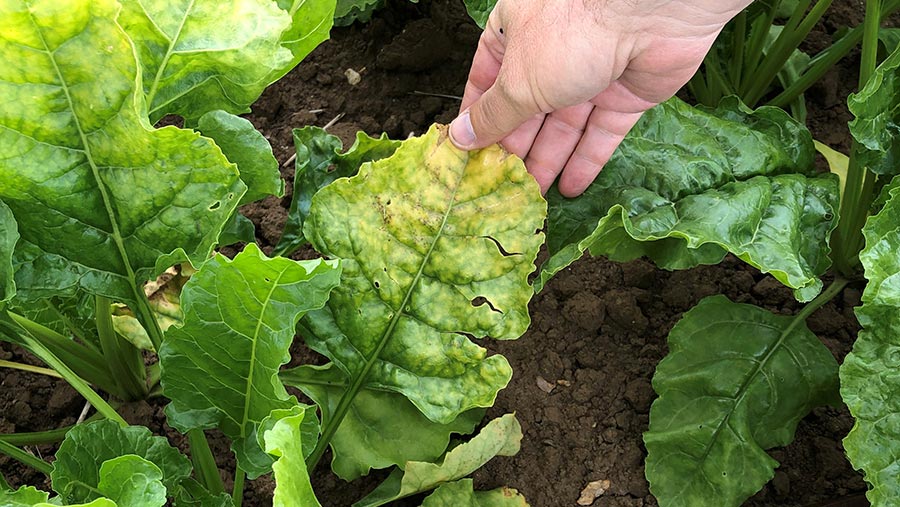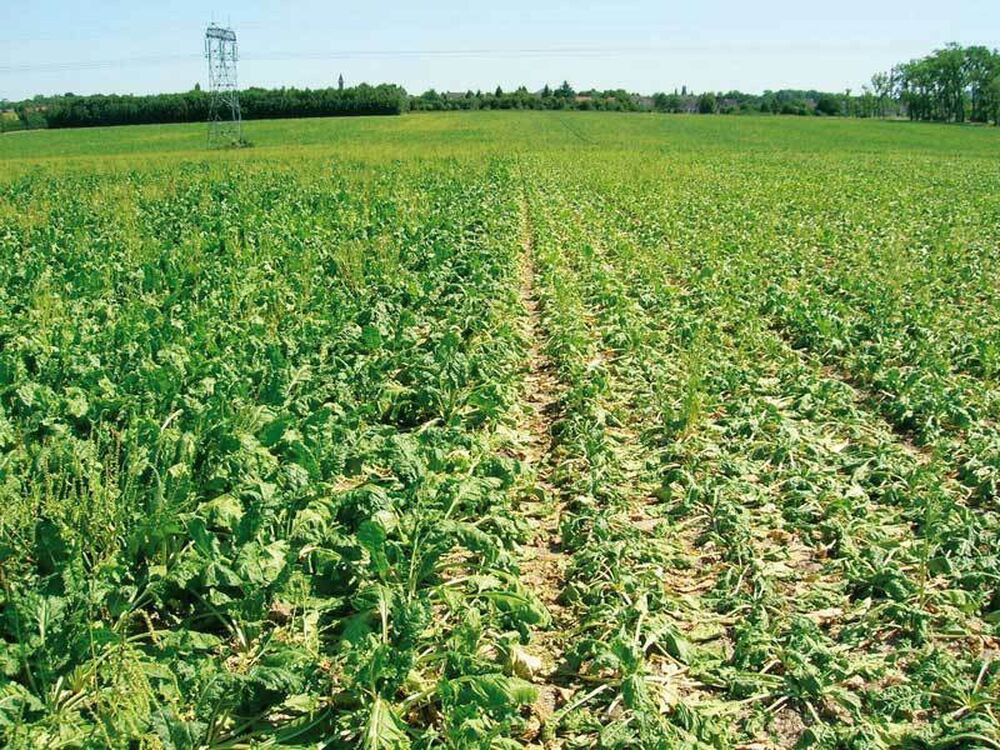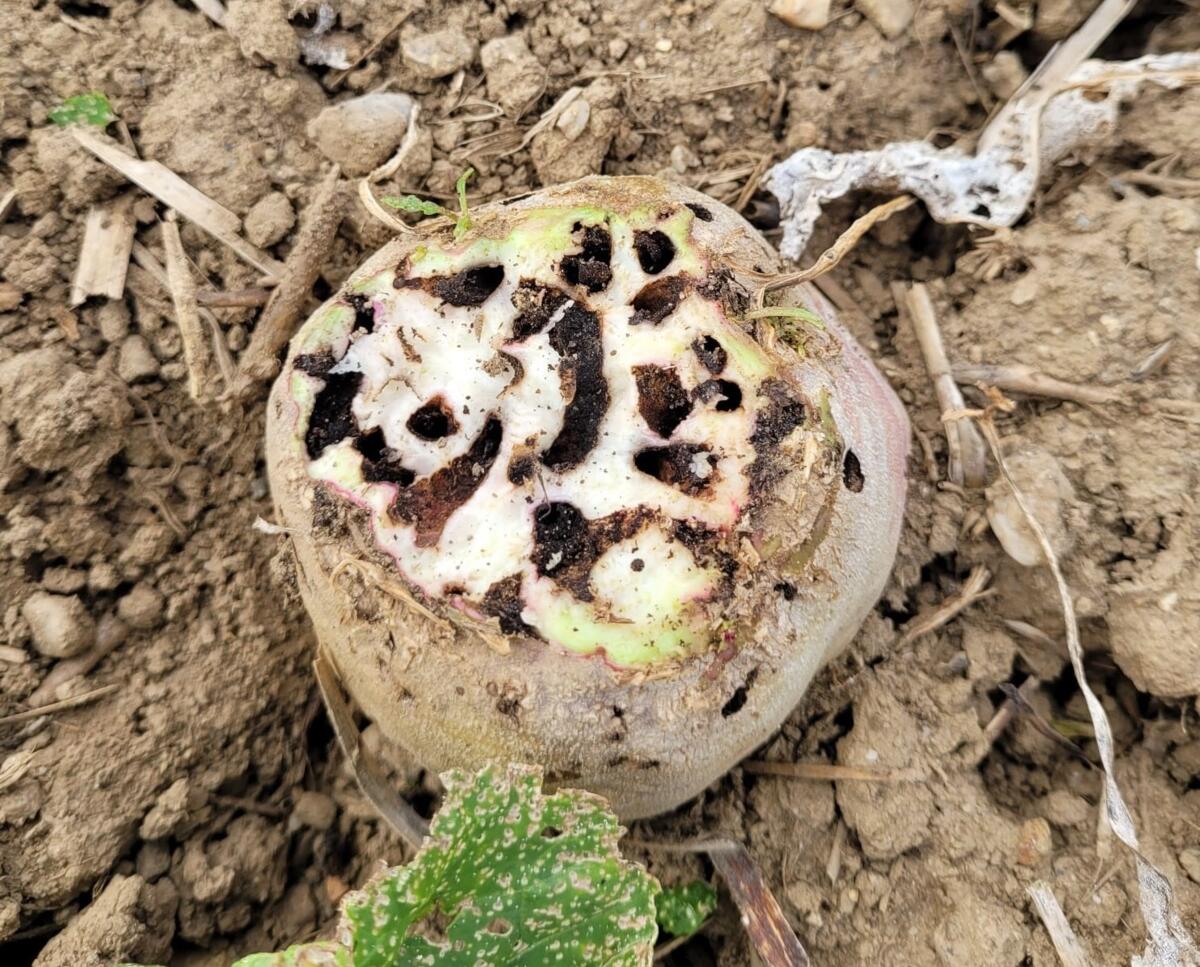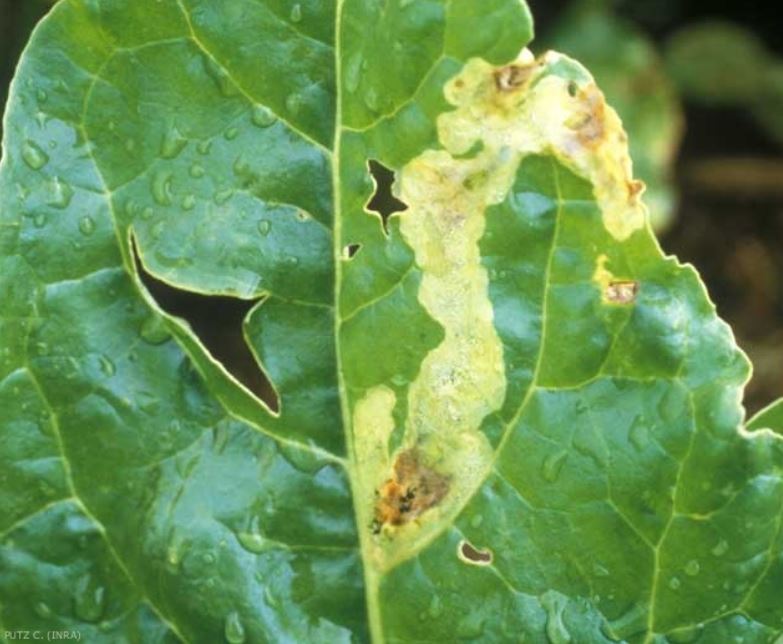
Remolacha de mesa
How to recognize and combat ramularia in table beets
Ramularia
Fungus
Type:
Risk to the plant:
HIGH
Ramularia Betícola
Pathogen:
Micosis/Hongos
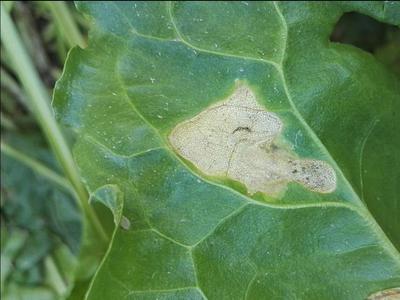
WHO CAUSES IT?
Ramularia betícola is a phytopathogenic fungus that mainly affects beets. This fungus produces conidial spores that are spread through wind, water, and contaminated tools. Spore germination occurs under conditions of high humidity and moderate temperatures. Once the spores germinate, the fungus penetrates the plant tissues, mainly through stomata and wounds. Inside the plant, the fungus develops intercellular mycelium and produces new spores in infected tissues, thus perpetuating its spread and the infection cycle. The fungus can survive in the remains of infected plants and in the soil, which facilitates its persistence and reappearance in subsequent crops.
SYMPTOMS
Ramularia caused by Ramularia betícola significantly affects beets, manifesting first in the lower leaves and progressing to the upper ones. Early signs include small chlorotic Taches that develop into dark brown necrotic lesions, surrounded by a yellow halo. These lesions can coalesce, causing significant defoliation and reducing photosynthesis and crop yield. Under severe conditions, plants may experience widespread wilting and premature death.
- Small chlorotic Taches on the leaves.
- Dark brown necrotic lesions with a yellow halo.
- Coalescence of lesions causing defoliation.
- Reduction of photosynthesis.
- Generalized wilting.
- Premature death of the plant.


DEVELOPMENT CONDITIONS
Temperature:
15°C - 25°C
Humidity:
80% - 95%
HOW IS IT SPREAD?
Wind, Irrigation water, Contaminated tools, Infected crop remains
HOW TO ELIMINATE IT?
Home treatments
Natural allies
There are no natural allies
Chemical treatments
There are no treatments for this disease. Treatments are directed at the insect vectors that transmit it. See insect treatments.
RECOMMENDED PRODUCTS TO ELIMINATE THE PEST
REPELLENT PLANTS
-
RECOMMENDATIONS
- Avoid wetting the leaves when watering, do it directly to the ground.
- Don't put the plants too close together, leave room for air to circulate.
- Remove leaves or diseased parts as soon as you see them.
- Use natural fungicides such as baking soda, copper or horsetail.
- Do not reuse soil from plants that were sick.
- Clean the tools well before and after using them.
- If you grow indoors, open windows or use fans from time to time.




